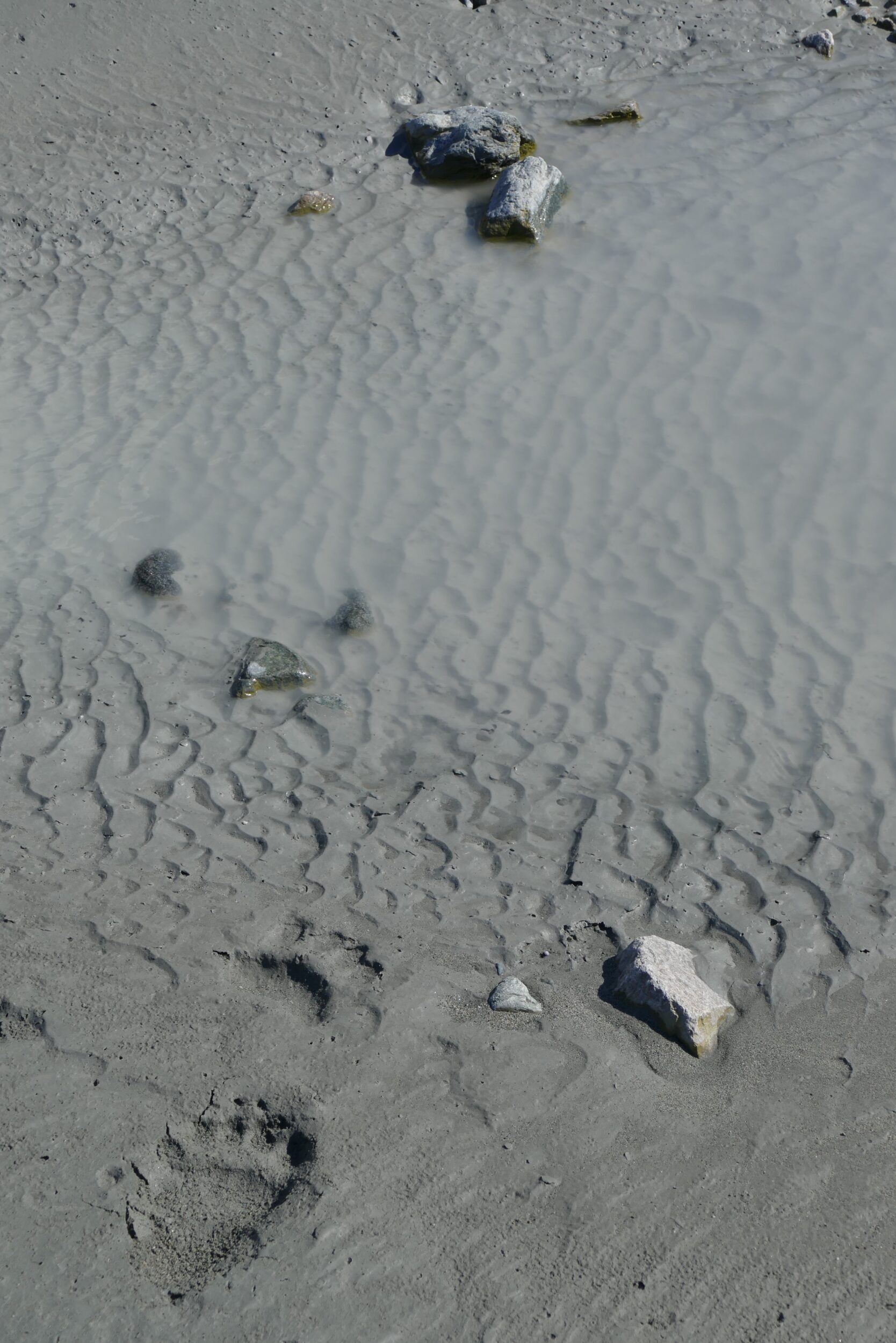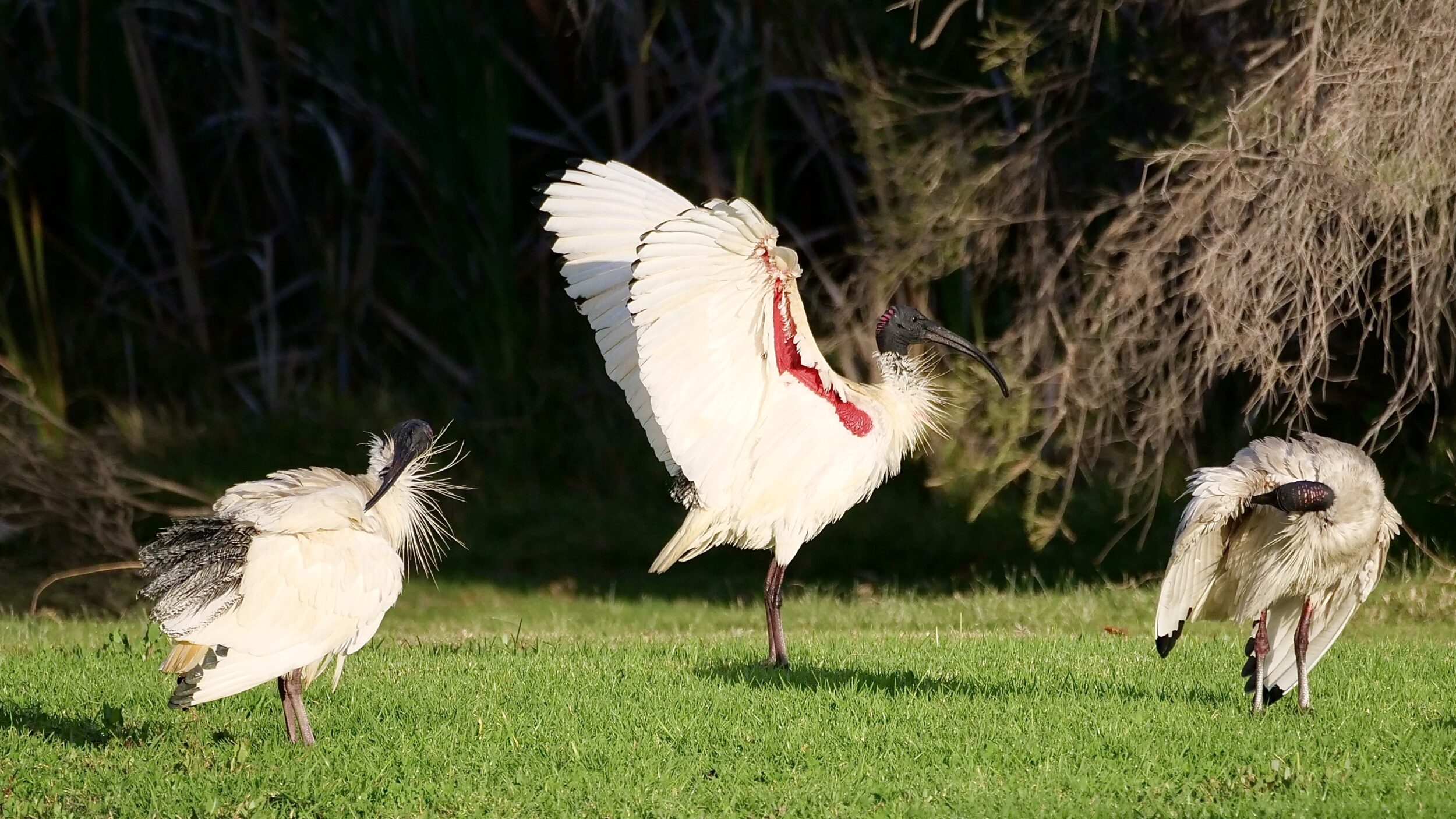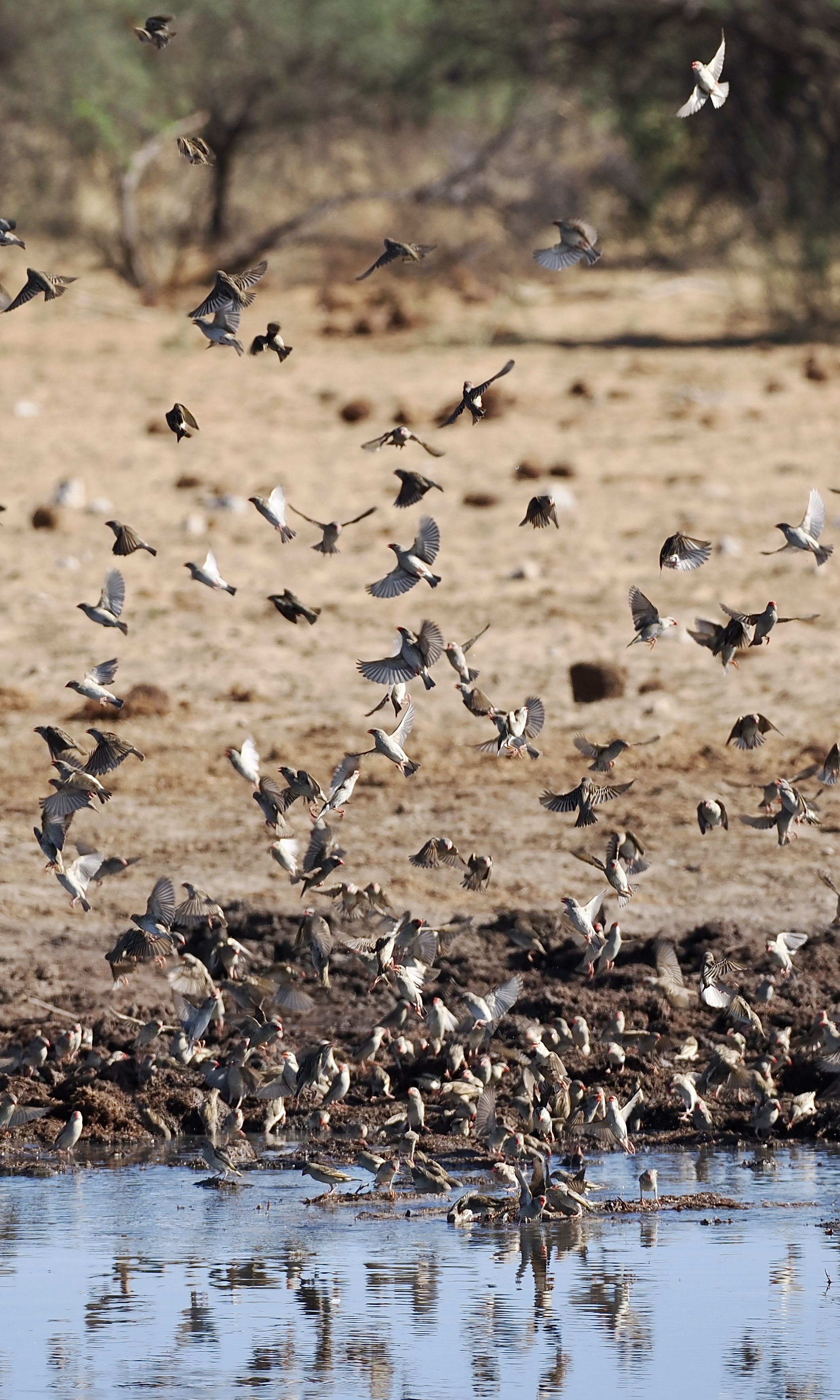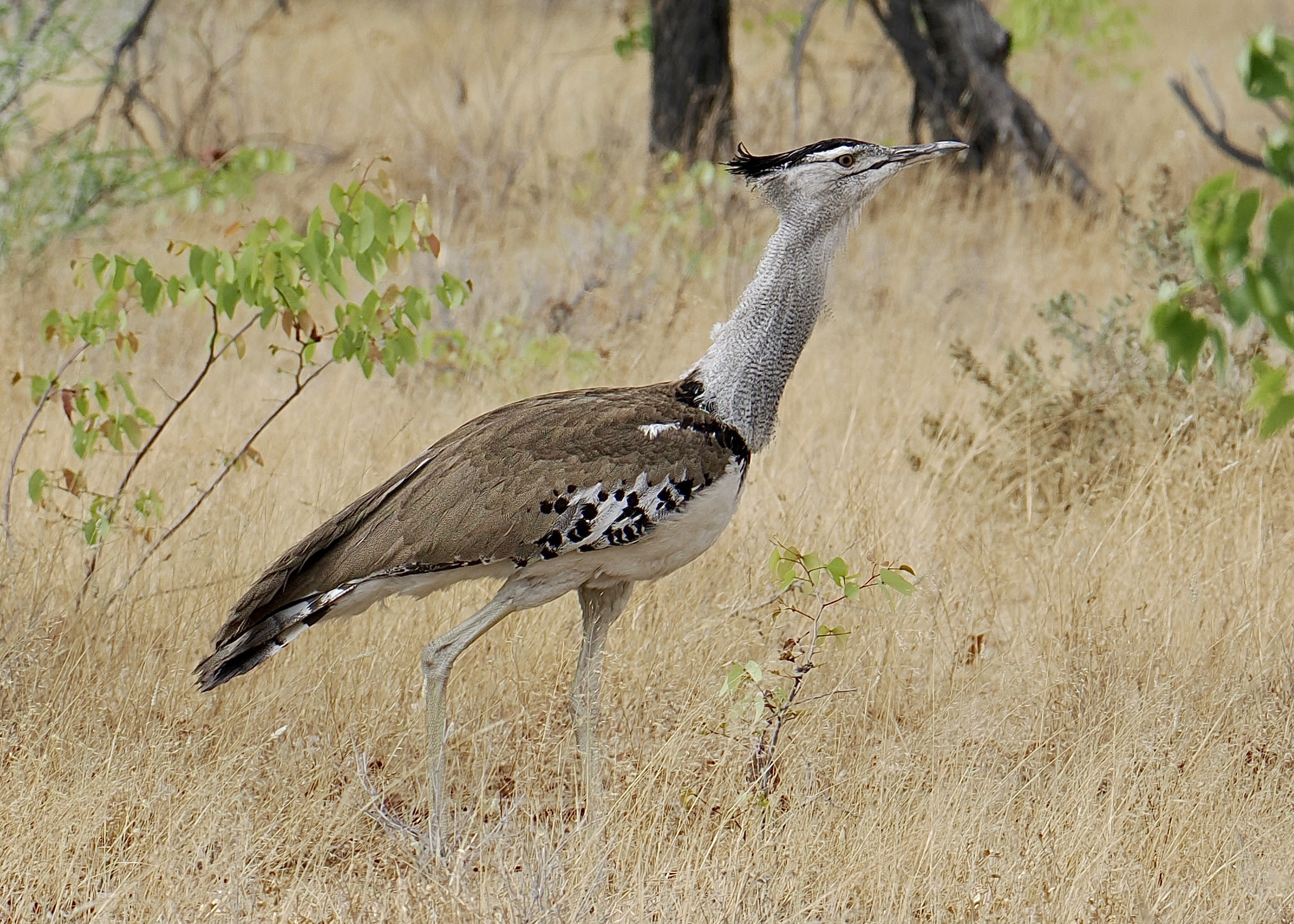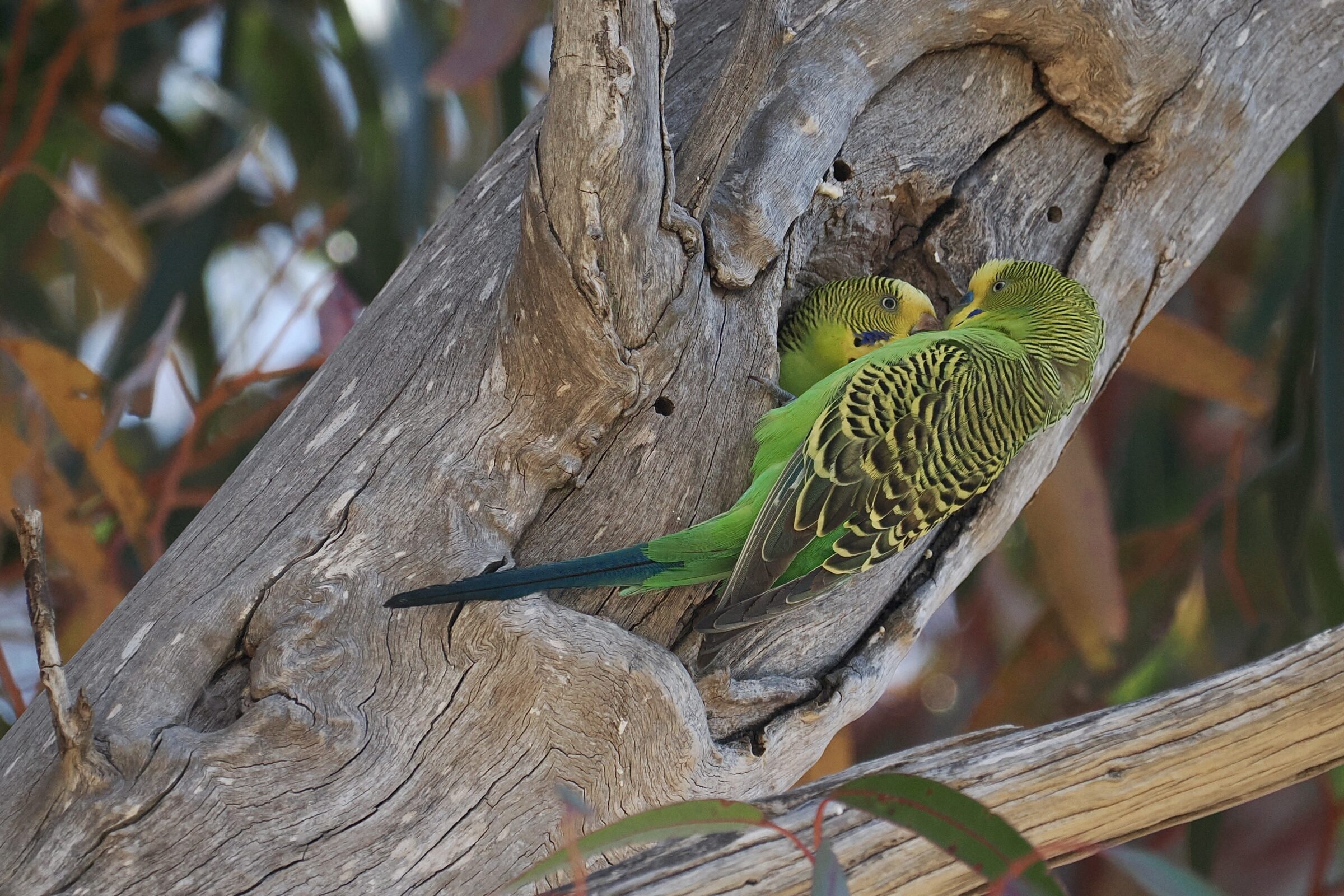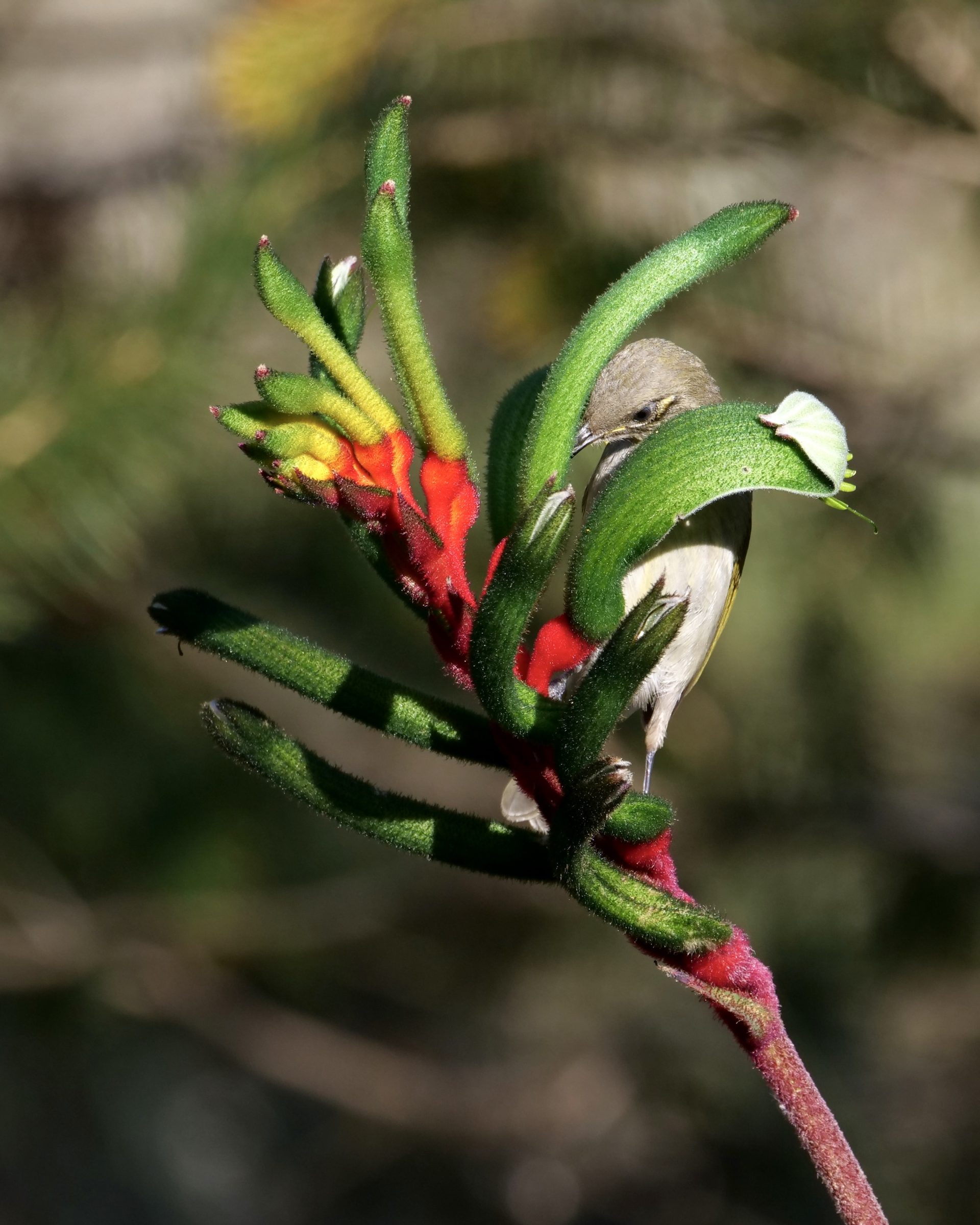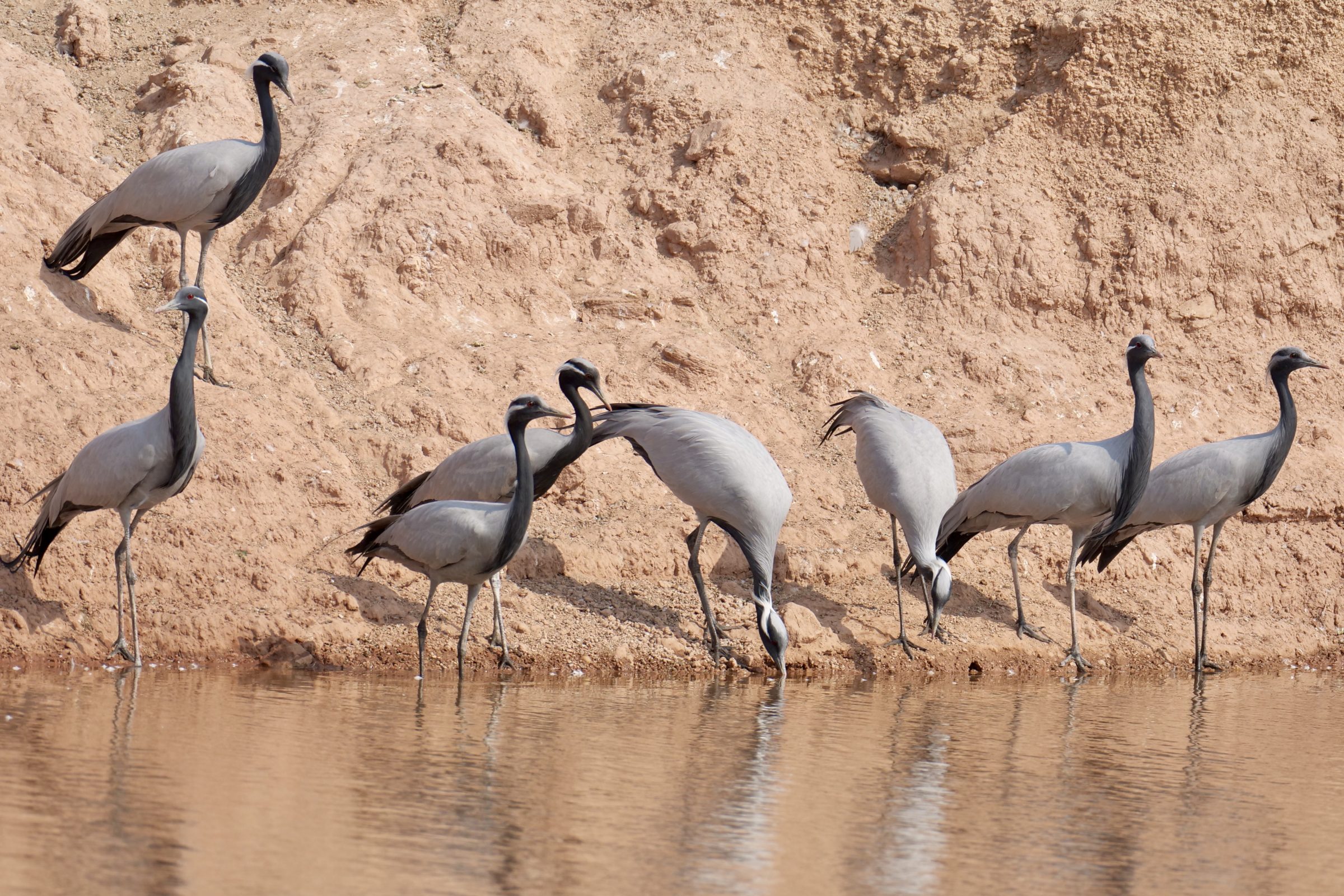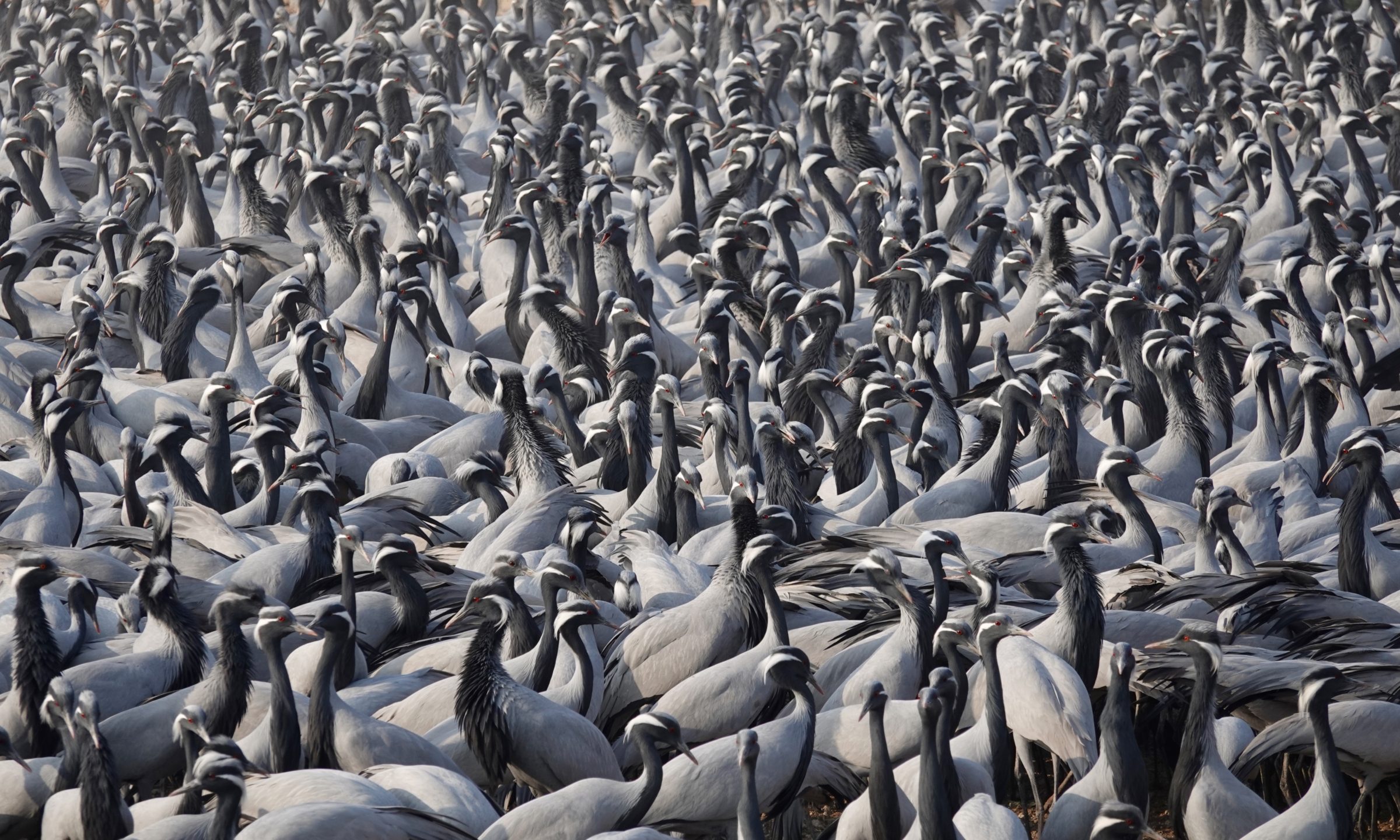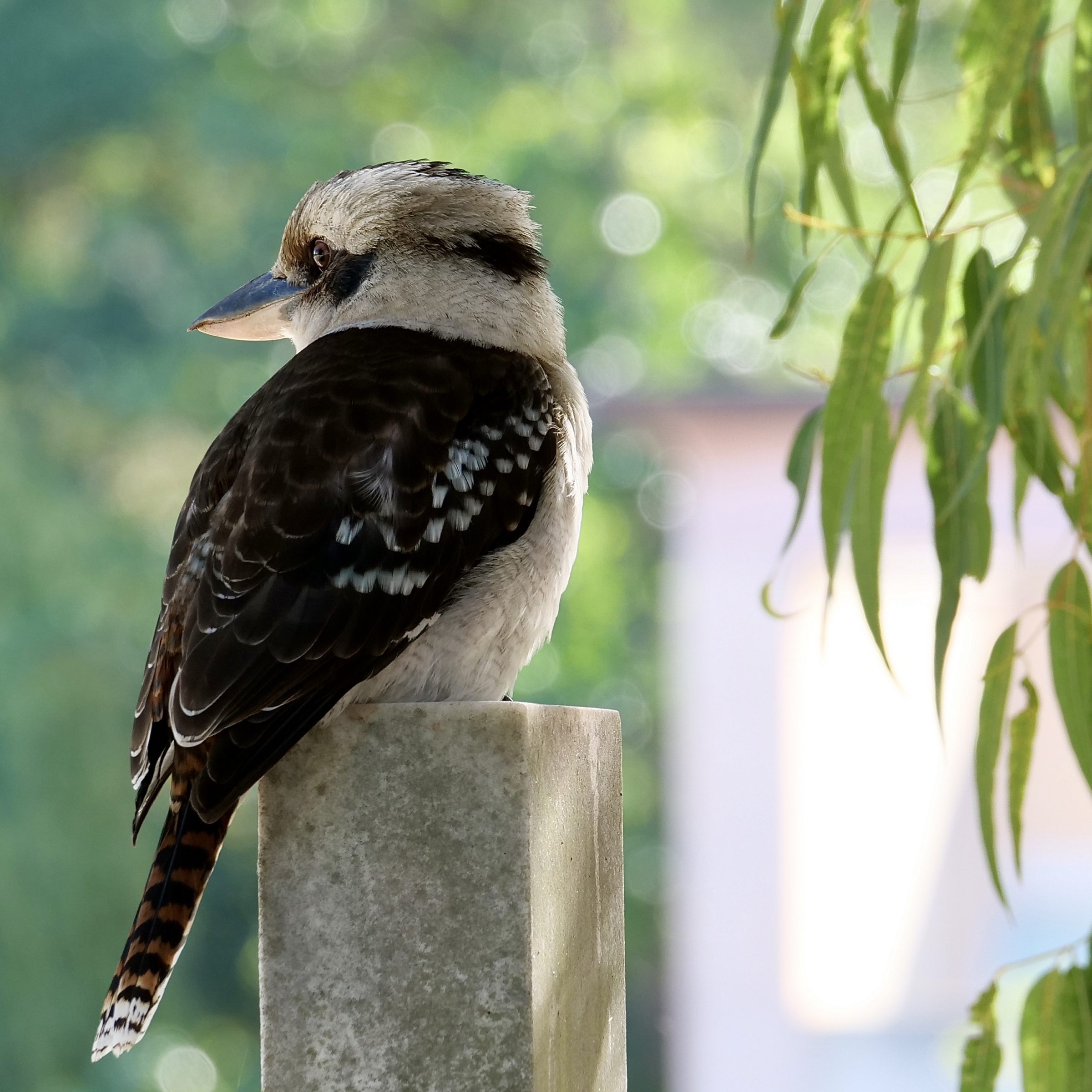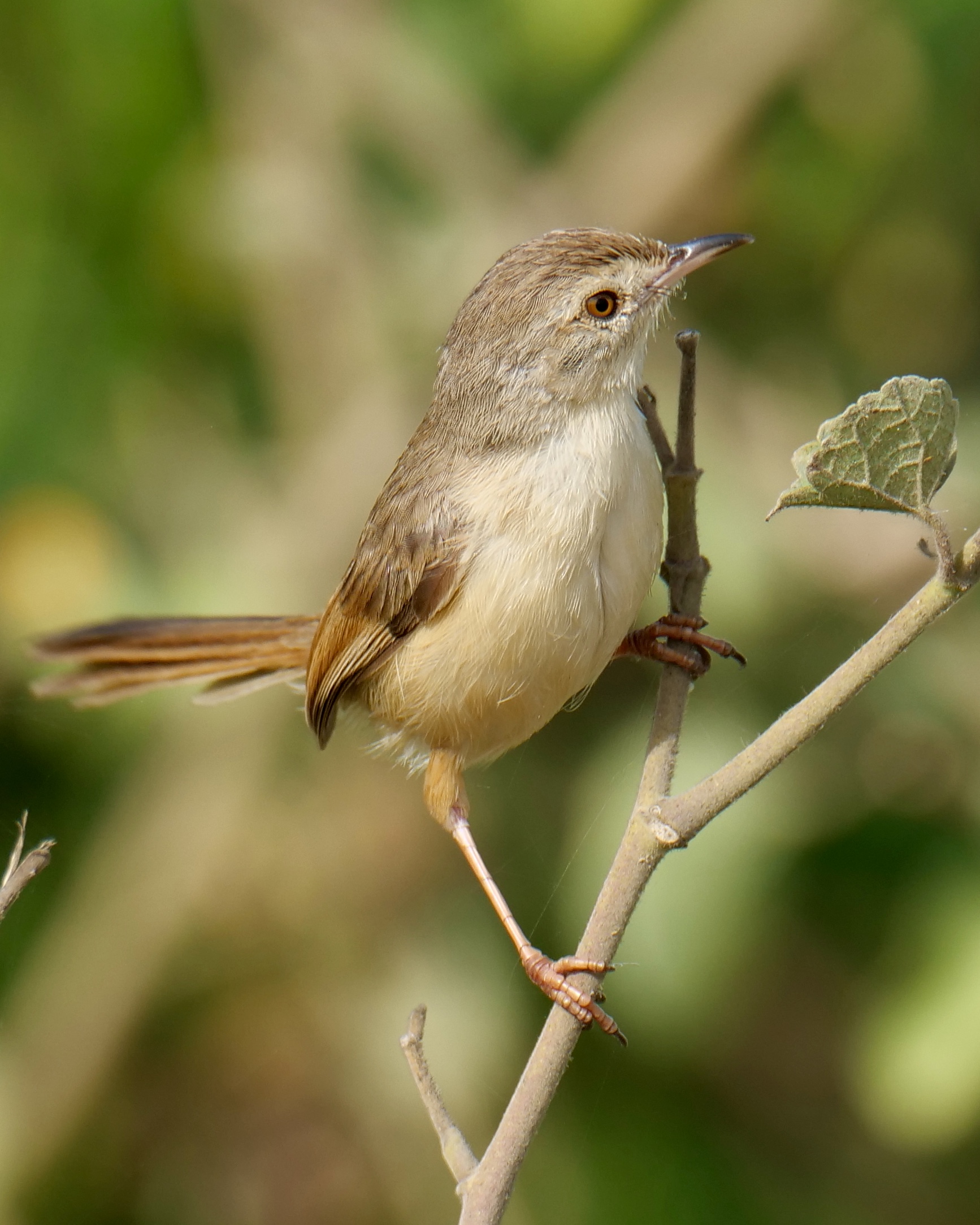This post’s actual footprints come from bears in Alaska, birds on the Indian subcontinent and continental Australia, a Tasmanian wombat, and humans in an African desert and Australian suburbia.
The musical bonus is courtesy of one of the greatest jazz musicians – equally so as composer, virtuoso instrumentalist and inspired improviser.
There’s also a metaphorical footnote which involves New Zealand’s largest farm…
Comments closed